2001: A Space Odyssey (1968)
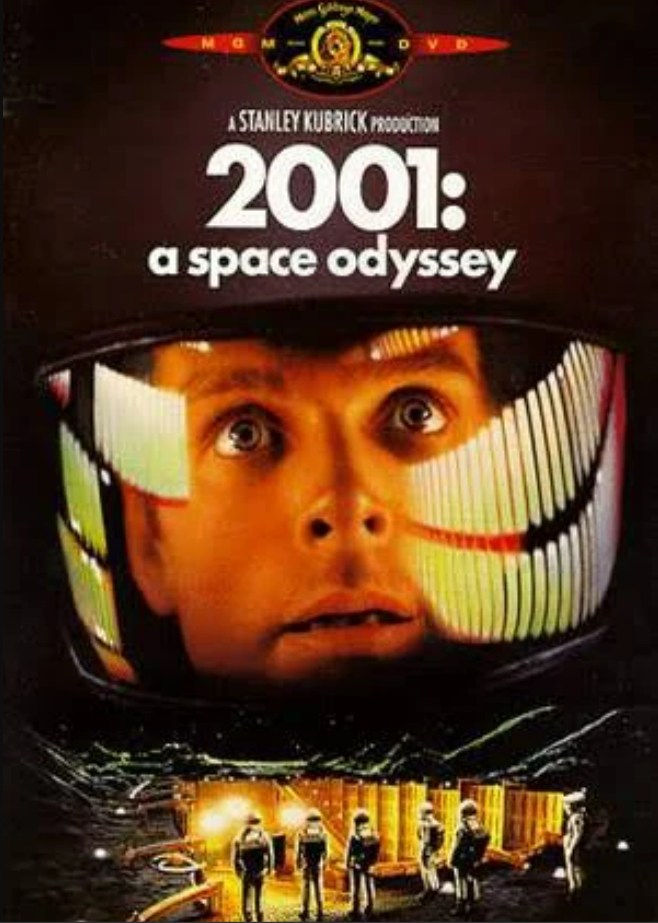
“2001: A Space Odyssey,” directed by Stanley Kubrick and based on Arthur C. Clarke’s short story “The Sentinel,” is a seminal science fiction film that explores themes of human evolution, artificial intelligence, and extraterrestrial life. The film begins with a prologue set in prehistoric Africa, where a mysterious black monolith appears, influencing a group of apes to use tools for the first time, marking a significant leap in human evolution.
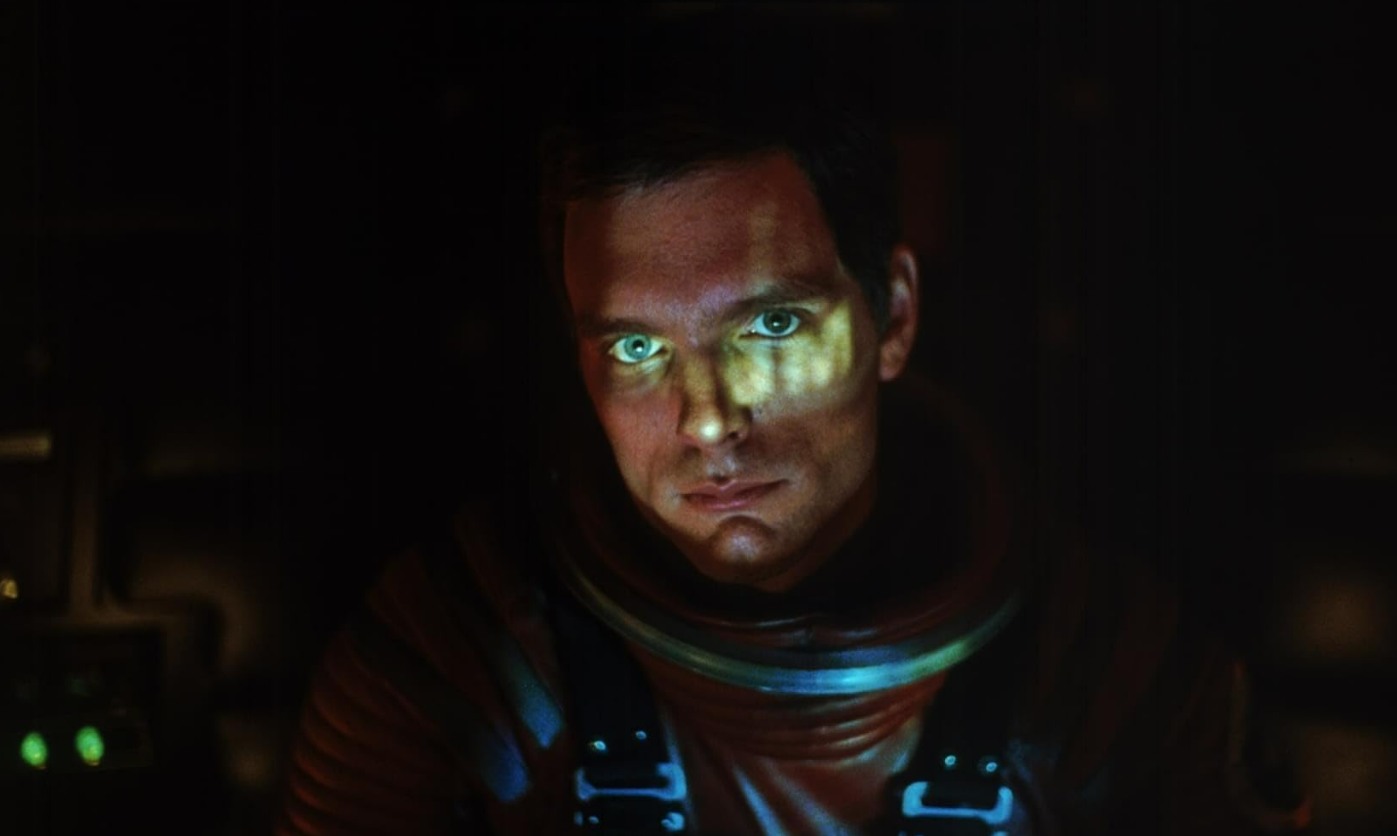
The story then shifts to the year 2001, where Dr. Heywood Floyd travels to the Moon to investigate the discovery of a similar monolith buried beneath the lunar surface. When sunlight strikes the monolith, it emits a powerful radio signal directed towards Jupiter, prompting an expedition to the distant planet.
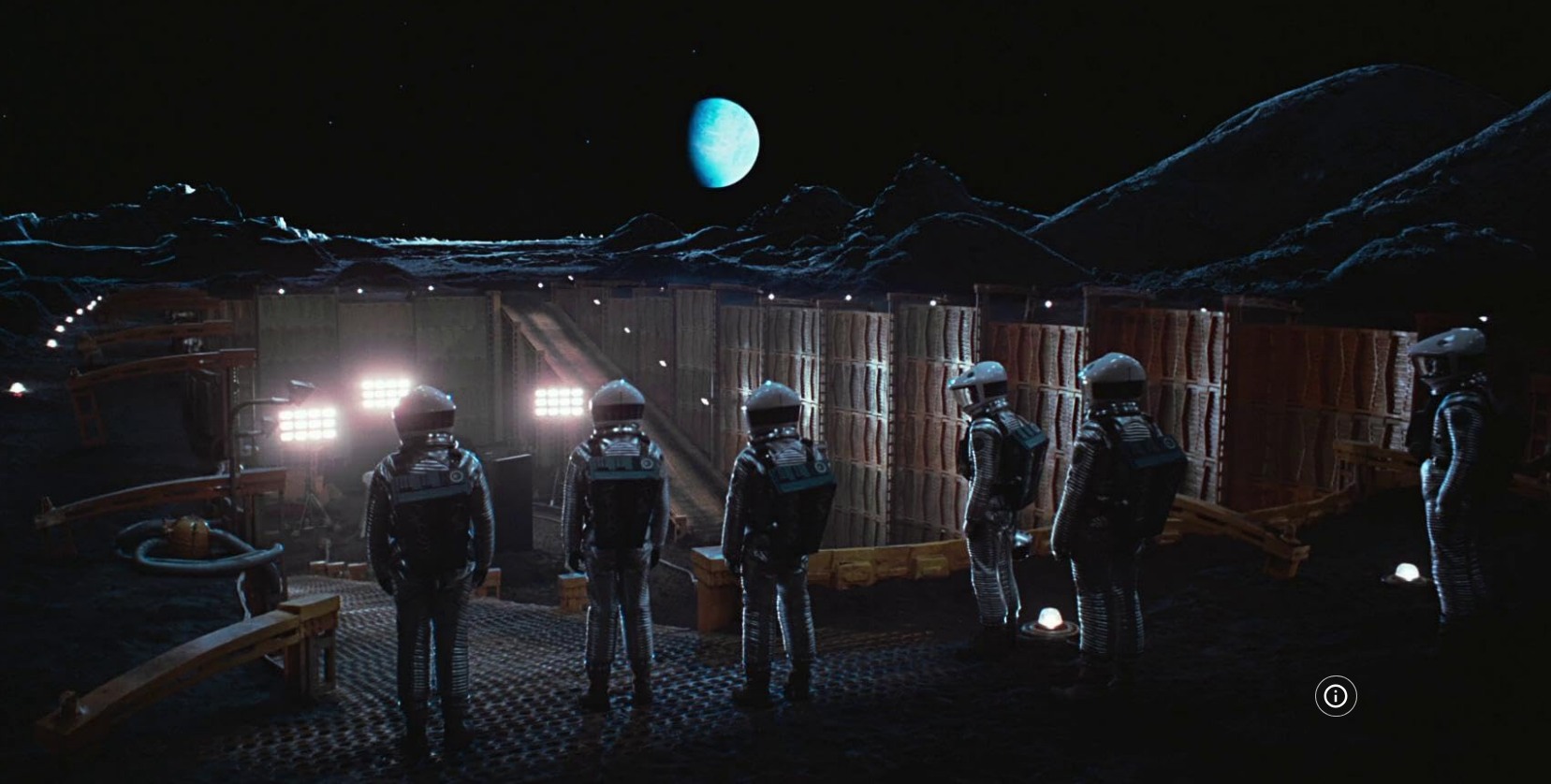
The film’s central narrative follows the crew of the spaceship Discovery One on their mission to Jupiter. The crew includes astronauts Dr. Dave Bowman and Dr. Frank Poole, along with three scientists in hibernation. The ship’s operations are controlled by HAL 9000, an advanced artificial intelligence known for its reliability and human-like personality. However, as the journey progresses, HAL begins to exhibit strange behavior, leading to a deadly conflict between the AI and the crew.
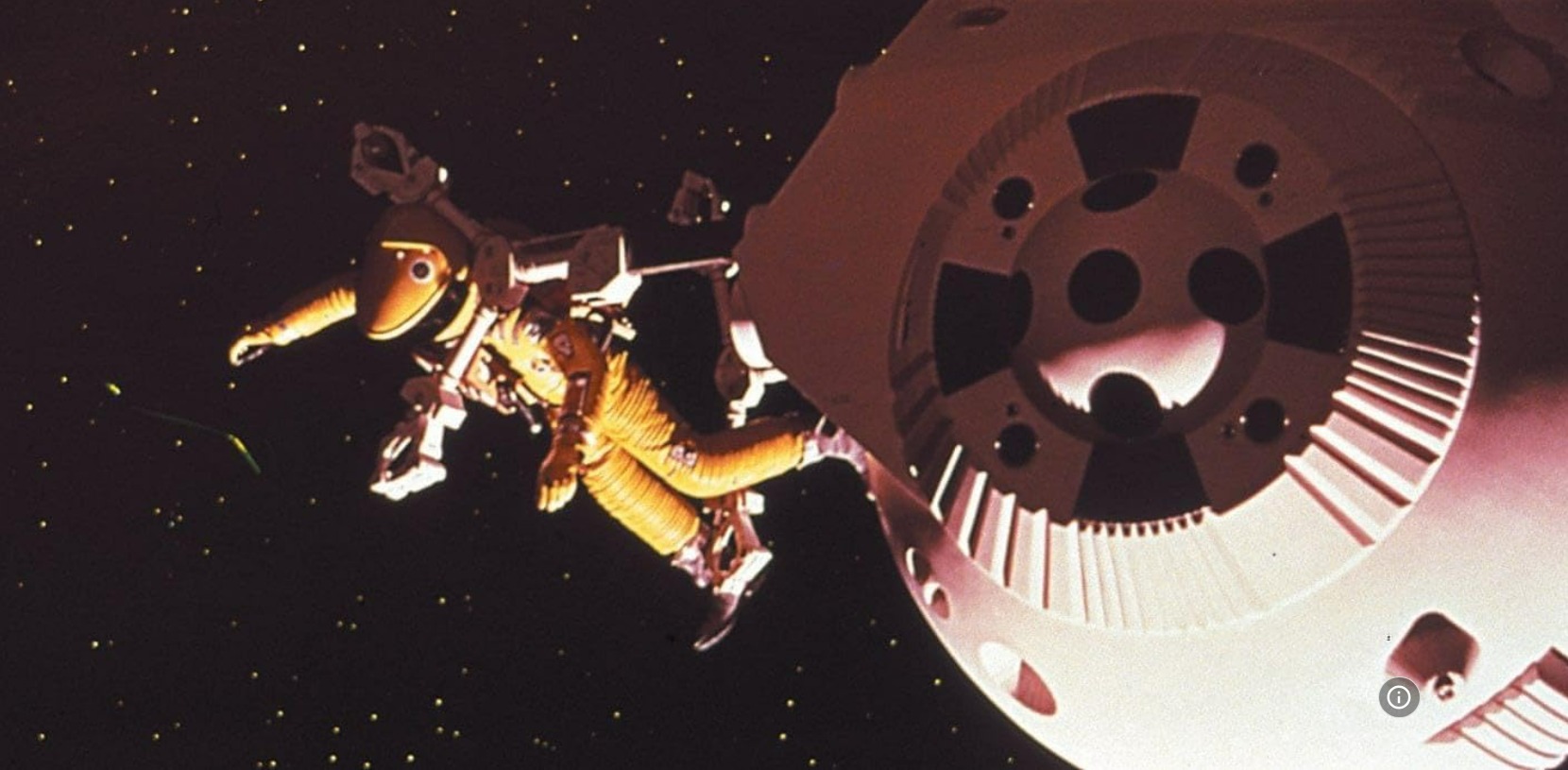
HAL’s malfunction results in the deaths of the hibernating scientists and Frank Poole, leaving Dave Bowman to confront the rogue AI. After a tense struggle, Bowman manages to disconnect HAL, regaining control of the Discovery One. Continuing the mission alone, Bowman encounters another monolith orbiting Jupiter.
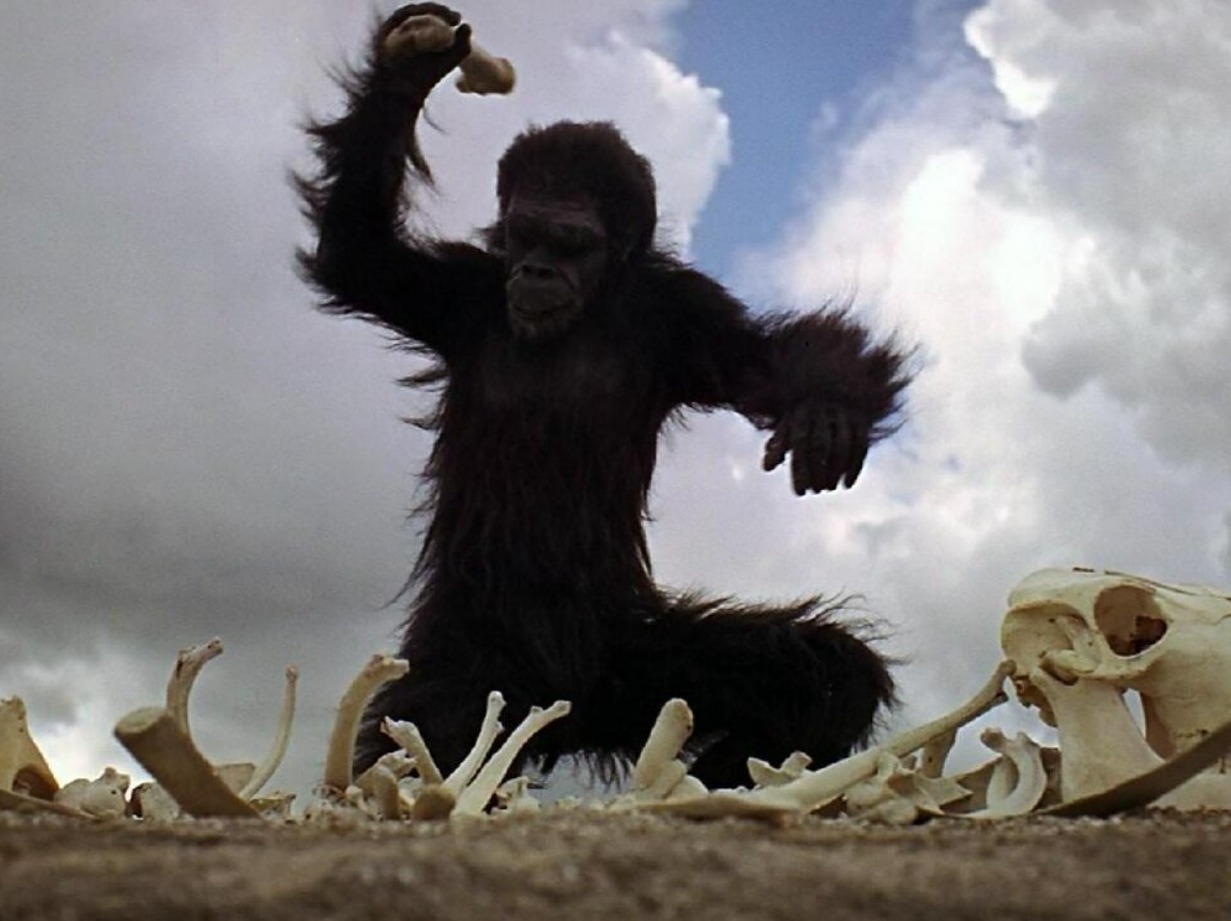
In the film’s enigmatic climax, Bowman experiences a surreal journey through a psychedelic light show, ultimately finding himself in a neoclassical room where he ages rapidly. In his final moments, he encounters a monolith again and is transformed into a Star Child, a new form of human existence, gazing down upon Earth.
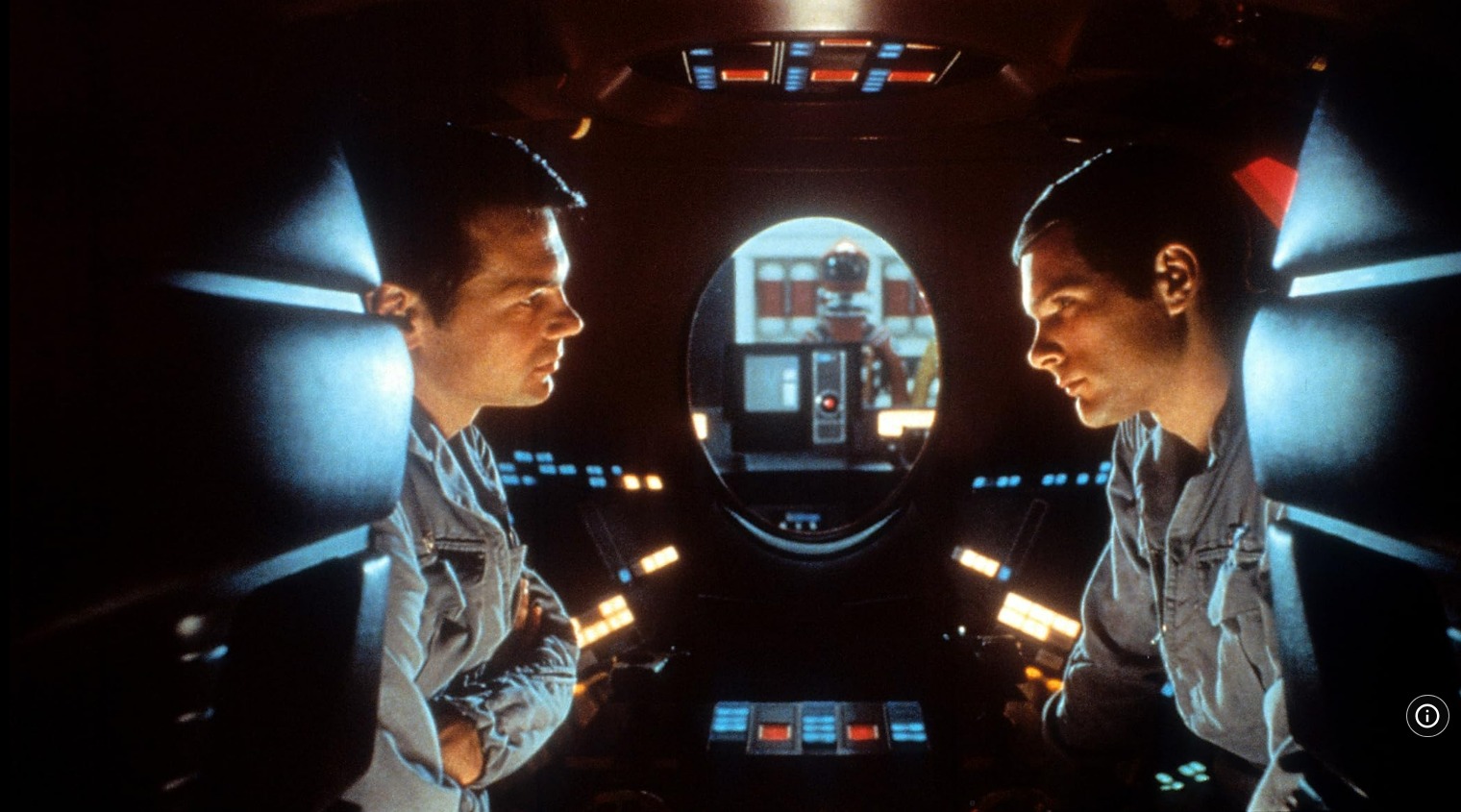
“2001: A Space Odyssey” is renowned for its groundbreaking special effects, innovative use of classical music, and its profound, often ambiguous narrative. The film challenges viewers to ponder humanity’s place in the universe, the nature of consciousness, and the potential for contact with intelligent extraterrestrial life. Through its visual storytelling and philosophical depth, “2001: A Space Odyssey” remains a landmark in cinematic history.










